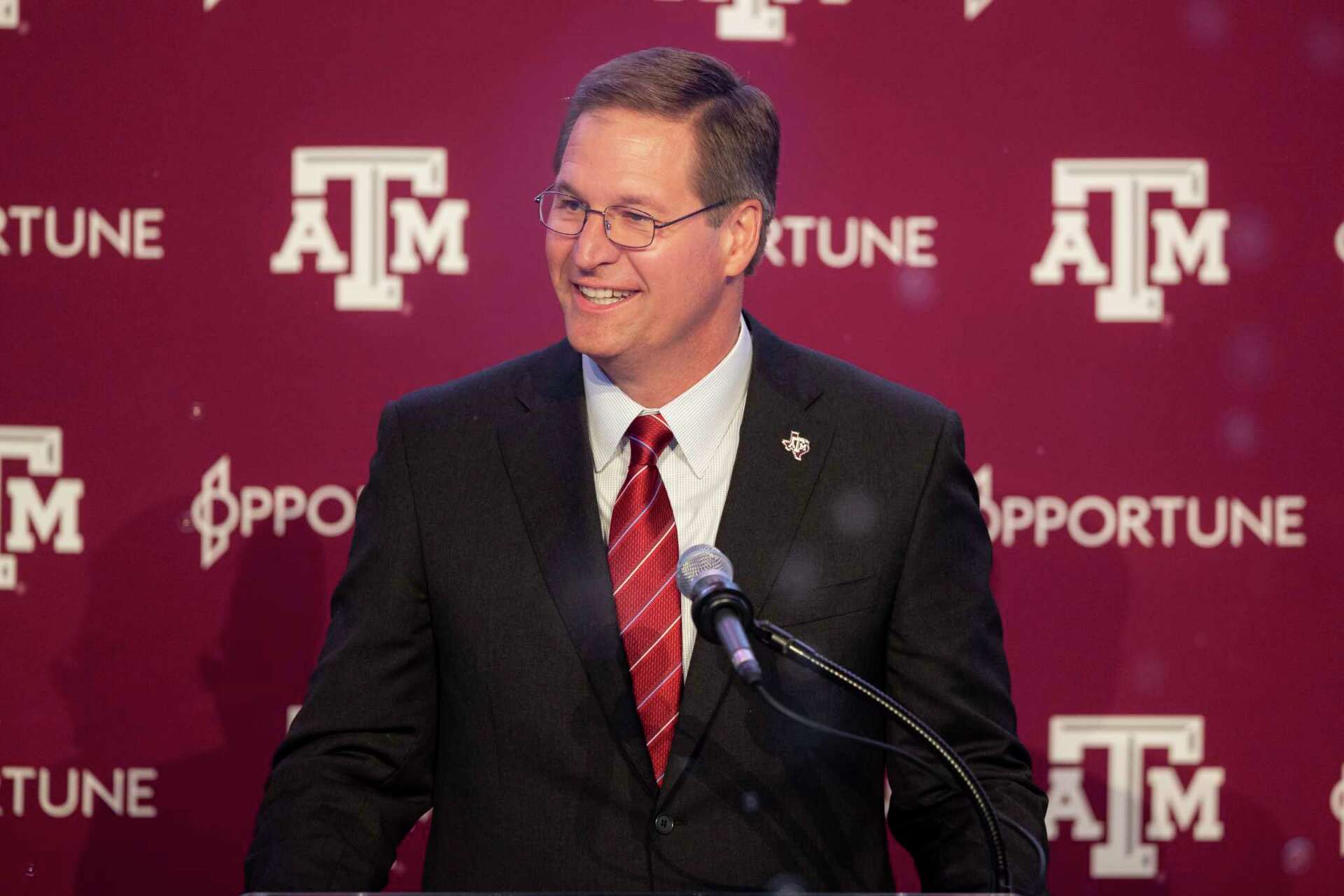**We Are a Football School: How Texas A&M Plans to Navigate the New NCAA Landscape**
The phrase “We are a football school” isn’t just a slogan at Texas A&M—it’s a declaration of identity. For decades, Aggie football has been the heartbeat of the university, driving alumni engagement, fundraising, and national recognition. But as the NCAA undergoes seismic shifts—from name, image, and likeness (NIL) rights to conference realignment and potential revenue-sharing models—the question isn’t whether A&M will adapt, but how. In this new era, the Aggies aren’t just preparing to survive; they’re positioning themselves to thrive.
The modern college sports landscape is unrecognizable from what it was even five years ago. The NCAA’s traditional model, built on amateurism and strict governance, has given way to a more professionalized system where athletes have more power than ever. NIL deals have turned players into entrepreneurs, the transfer portal has created free agency-like movement, and conference realignment has blurred regional rivalries in favor of financial might. For a program like Texas A&M, which sits at the intersection of tradition and ambition, the challenge is balancing legacy with innovation.
At the core of A&M’s strategy is a simple truth: football funds everything. The program’s financial might is staggering. Kyle Field, with a capacity of over 100,000, regularly sells out, and the Aggies’ SEC membership guarantees a share of the league’s massive media rights deals. But revenue alone isn’t enough. The new NCAA world demands proactive investment in player development, retention, and branding. That’s where A&M’s unique advantages come into play.
First, there’s the 12th Man Foundation, one of the most robust fundraising arms in college athletics. Donor support has long been the lifeblood of A&M’s athletic department, and in the NIL era, that backing is more critical than ever. Aggie boosters have already shown they’re willing to spend big to keep the program competitive—whether through facilities upgrades or collective-backed NIL deals. The key now is ensuring those resources are deployed strategically, not just lavishly. While other schools scramble to adapt, A&M’s built-in network of passionate former students provides a stable foundation.
Then there’s the SEC itself. In a world where power conferences are consolidating, A&M’s 2012 move to the SEC looks prescient. The league’s $3 billion deal with ESPN ensures long-term stability, and the Aggies’ presence in talent-rich Texas gives them a built-in recruiting advantage. But the SEC is also a gauntlet. Competing with Alabama, Georgia, and LSU—all recent national champions—requires more than just money. It demands elite coaching, player development, and adaptability. That’s why A&M’s investment in Jimbo Fisher (and later, his successor) wasn’t just about winning games; it was about sending a message that the Aggies would play at the highest level, regardless of the cost.
Player retention is another critical piece of the puzzle. The transfer portal has turned rosters into revolving doors, and programs that can’t keep their stars from jumping ship will struggle. For A&M, this means leveraging NIL opportunities to create incentives for players to stay. The Aggie brand is strong in Texas, and local businesses are eager to partner with athletes. But it’s not just about money—it’s about culture. The “Aggie Network” is legendary for its loyalty, and former students are quick to support players who buy into the program’s ethos. In an era where locker room chemistry can make or break a season, fostering a sense of belonging is as important as signing checks.
Of course, football success doesn’t exist in a vacuum. Title IX and non-revenue sports still require funding, and the NCAA’s evolving rules could force schools to share revenue directly with athletes. A&M’s approach here is likely to mirror its football philosophy: stay ahead of the curve. The athletic department has already shown a willingness to spend on facilities and coaching across all sports, recognizing that a rising tide lifts all boats. Women’s basketball, baseball, and track and field have all enjoyed national success, and maintaining that balance will be crucial as financial pressures mount.
The biggest unknown is what the NCAA itself will look like in five years. Will it remain the governing body, or will power conferences break away entirely? Will player unions or employment status upend the current model? Texas A&M’s best bet is to remain agile. The school’s leadership has proven it can make bold moves—joining the SEC, hiring high-profile coaches, embracing NIL early—and that mindset will be essential as the ground continues to shift.
At its core, A&M’s strategy in the new NCAA world is the same as it’s always been: lean into what makes the Aggies unique. The traditions, the fan base, the financial muscle—these are the pillars that have sustained the program for generations. But now, they’re being deployed in new ways. Whether it’s using NIL to keep a five-star recruit in College Station or adjusting to whatever revenue-sharing model emerges, A&M’s message is clear: we’re not just keeping up. We’re setting the pace.
Because at the end of the day, Texas A&M is a football school. And in this new era of college sports, that identity might be its greatest asset.



